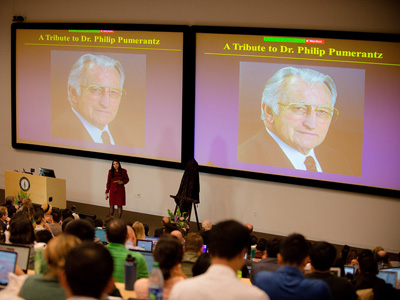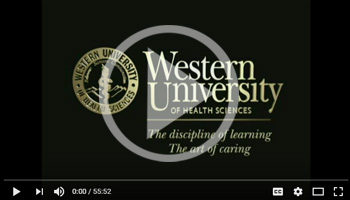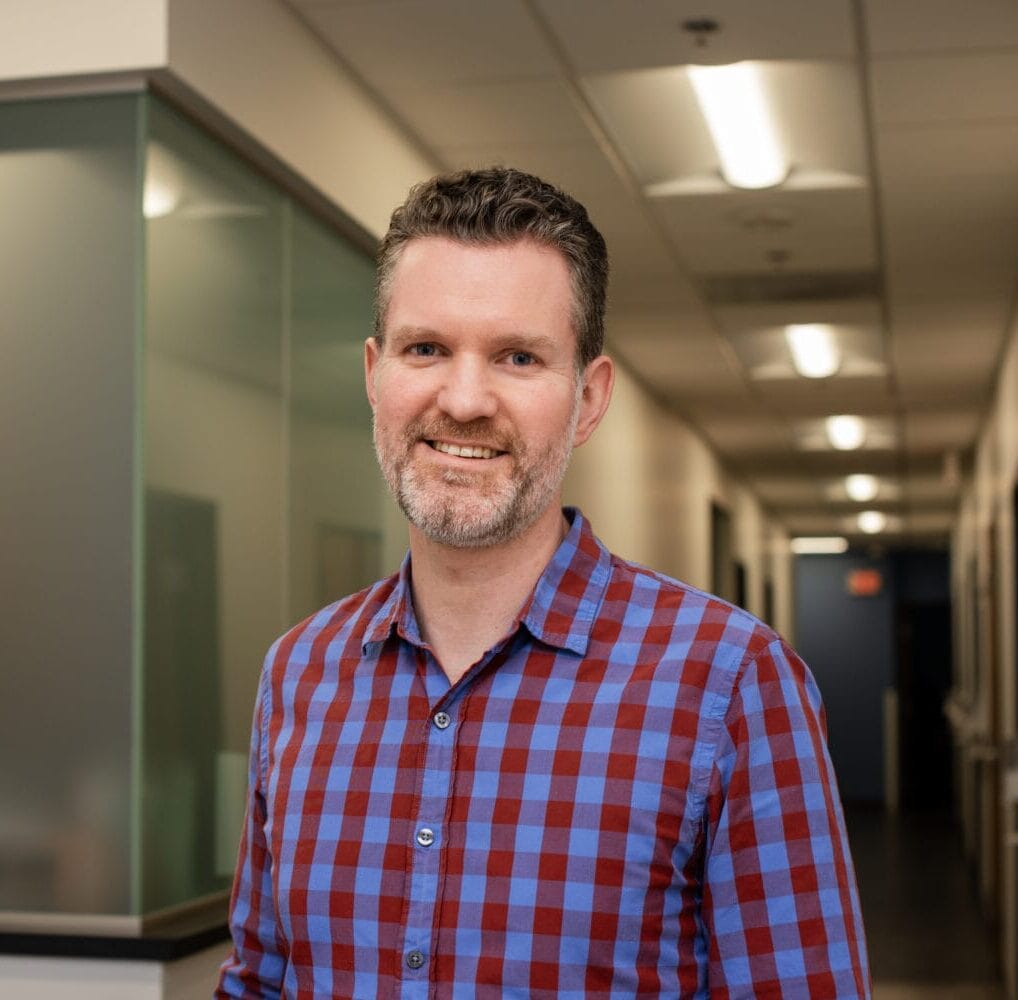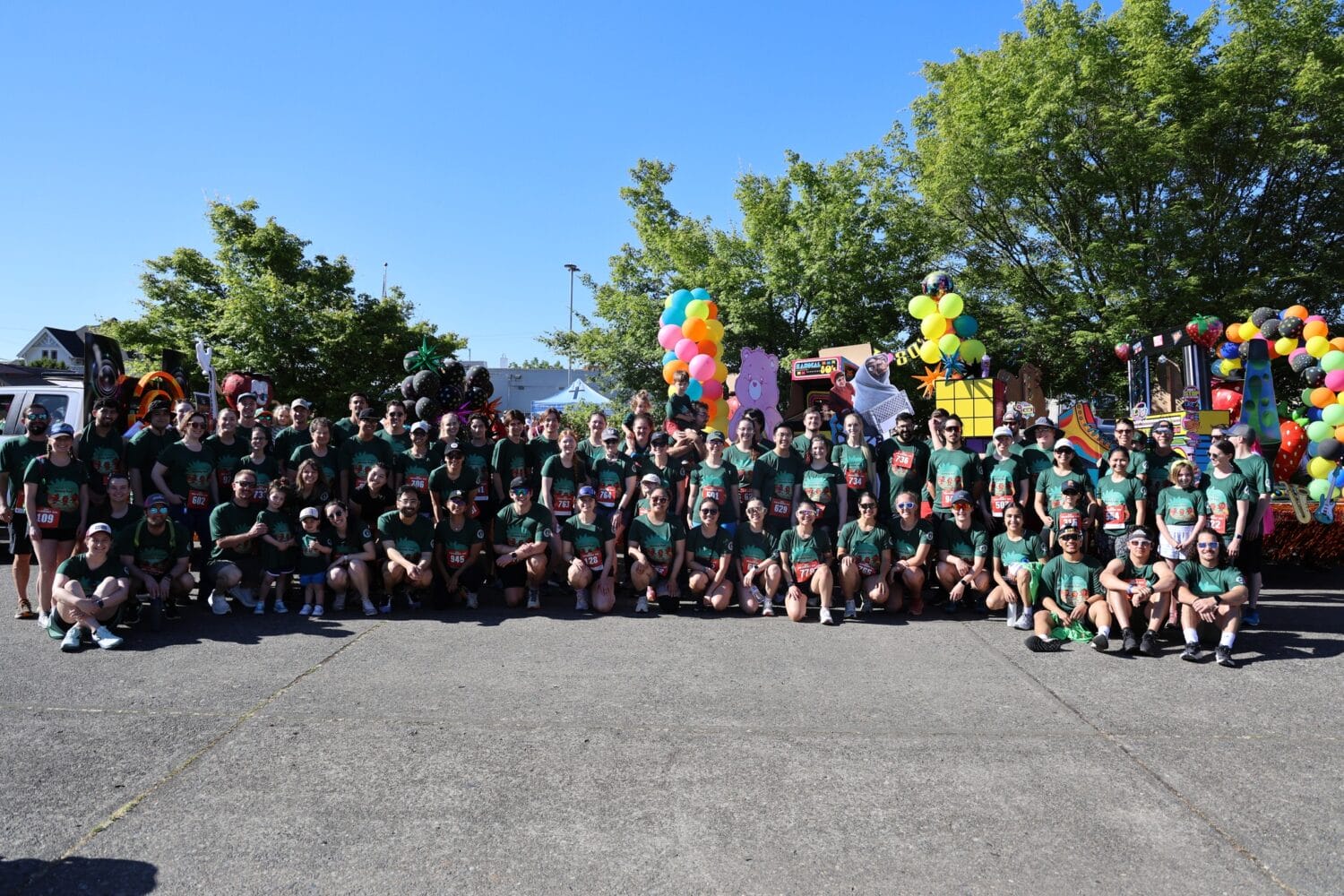Aging expert: Future requires collaborative approach

Click to play slideshow
Getting old, as the saying goes, is not for the faint of heart.
Caring for an aging population also will take stout hearts and strong constitutions, since by the year 2050, people 65 and older will make up 20 percent or more of the population in most of the world’s countries. Humans on the whole are living longer and have more access to health care than ever before, which in simple terms means “the worldwide population is aging,” according to Arti Hurria, MD. Despite the expected surge in elderly, “We are not training enough individuals to care for this group,” she said. “What are the implications for our health care workforce?”
Hurria, director of the Cancer and Aging Research Program at City of Hope in Duarte, Calif., and a professor in the Department of Medical Oncology & Therapeutics Research, was keynote speaker at the eighth annual Dr. Philip Pumerantz Distinguished Lectureship. The lecture, which drew an audience of more than 400 students, faculty, staff and guests, was held Thursday, September 29, 2016 in the Health Education Center at Western University of Health Sciences in Pomona, Calif.
Hurria’s topic, “The Future of Health Care: An Interprofessional Approach to Caring for Older Adults,” spoke directly to the need for more geriatricians in the health-care workforce, and to the importance of non-physician health professionals assuming prominent roles in senior-patient care. The United States currently has an average of one geriatric physician for every 2,620 patients, a ratio that will markedly worsen for patients by 2030, when it is expected to be one for every 3,798. Caring for the elderly “is going to take a village, and we will need to embrace each other in team-based care,” Hurria said.
The patient population that village will be caring for will often have cancer. Sixty percent of all cancer cases occur in people 65 or older, and age is a critical factor in their treatment, as older adults are at greater risk for cancer therapy toxicity. Hurria said an interprofessional approach to cancer therapy can reduce the chances of toxicity, as more of a 360-degree geriatric assessment can identify a patient’s areas of vulnerability and strength, leading to personalized treatment plans.
Improved training at the basic caregiver level also will help improve patient outcomes and interprofessional collaboration, Hurria said, noting that a manicurist requires 350 hours of training before they can take on clients, a skin care specialist 600 hours, and a hair stylist 1,500 hours. Total hours of training required to be a senior caregiver? 150. “We have to do a lot better than that,” she said.

Click to play video
One of Hurria’s areas of research is developing understanding about functional age, or what makes the difference between a 75-year-old man who water skis and lift weights, and one who watches TV and barely moves or talks. All of us will demonstrate hallmarks of aging, she said, but those with a “reserve” – built up through a combination of good personal and dietary habits, exercise, social and intellectual engagement, and health care – will have younger functional ages than those without a reserve.
“The aging trajectory is modifiable,” Hurria asserted. “Building reserve can occur at any age.”
Through it all – cancer treatment, lifestyle modification, “reserve” building – serving older patients has brought Hurria rewards she could not have imagined, she said, not least of which is her strong embrace of the vital personal and caring relationship between physician and patient. Physicians are taught to be somewhat impersonal, and to keep their emotional distance from patients because of the toll it can take on both sides. But especially with the elderly, she said, caring, one-on-one relationships are the most personally and professionally rewarding, and can even lead to better patient outcomes. “Patient-centered care brings personal and professional joy,” she said.
So do professional collaborations, which Hurria said often are resisted – “Medicine can be competitive” – but are essential if all involved are to fully succeed. “There’s an African proverb that says ‘If you want to go fast, go alone. If you want to go far, go together.’ Embrace each other.”
She also urged the health students and professionals in the audience to identify and work with mentors, for “outstanding mentors are the key to success. And patients are the best mentors.
“I hope I can inspire even one of your to take this path, and learn from their experience and their journey.”
The lectureship, in honor of Philip Pumerantz, PhD, WesternU’s founding president and current president emeritus, is made possible by a generous donation from the Sarkaria Family of Orange, California.



